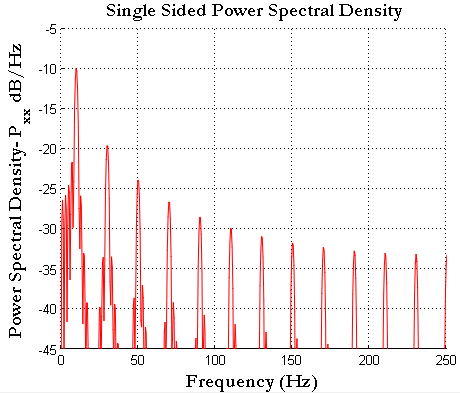
The clock frequency, F clock, or how many cycles per second the clock goes through, is the inverse of the clock period, T clock. The clock period is the time interval to repeat one clock cycle, usually measured in nanoseconds (nsec). The fall time is typically slightly shorter than the rise time and sometimes creates more noise. But what do we really mean? What is the time domain? What are the features that are special about the time domain that make it useful? These are surprisingly difficult questions to answer because they seem so obvious and we rarely think about what we really mean by the time domain.įigure 2-1 Typical clock waveform showing the clock period and the 10–90 rise time for a 1-GHz clock. However, as we will see, they are intimately related.įinally, we'll apply this concept of bandwidth to interconnects, models, and measurements. The first is a time-domain term and the second a frequency-domain term. We will apply what we learn to relate two important quantities: rise time and bandwidth.
Fourier transform bipolar square wave how to#
We will find that while we may generally be more familiar with the time domain, the frequency domain can provide valuable insight to understand and master many signal-integrity effects such as impedance, lossy lines, the power-distribution network, measurements, and models.Īfter introducing the two domains, we will look at how to translate between the two for some special cases. In particular we'll use the time domain and the frequency domain. The different perspectives we will use to look at signals are called domains. The quickest path to the answer may not be the most obvious path. We will find that there are multiple ways of looking at a signal, each providing a different perspective.

Signal and Power Integrity - Simplified, 2nd Edition


 0 kommentar(er)
0 kommentar(er)
